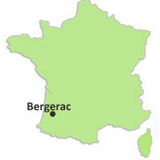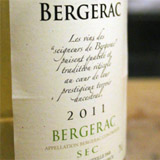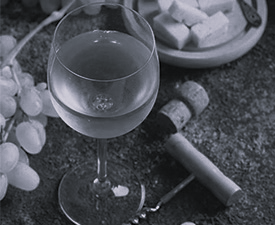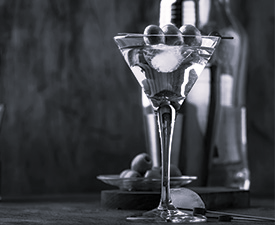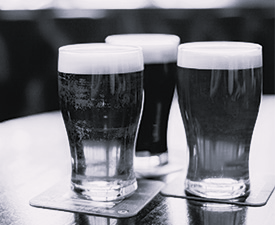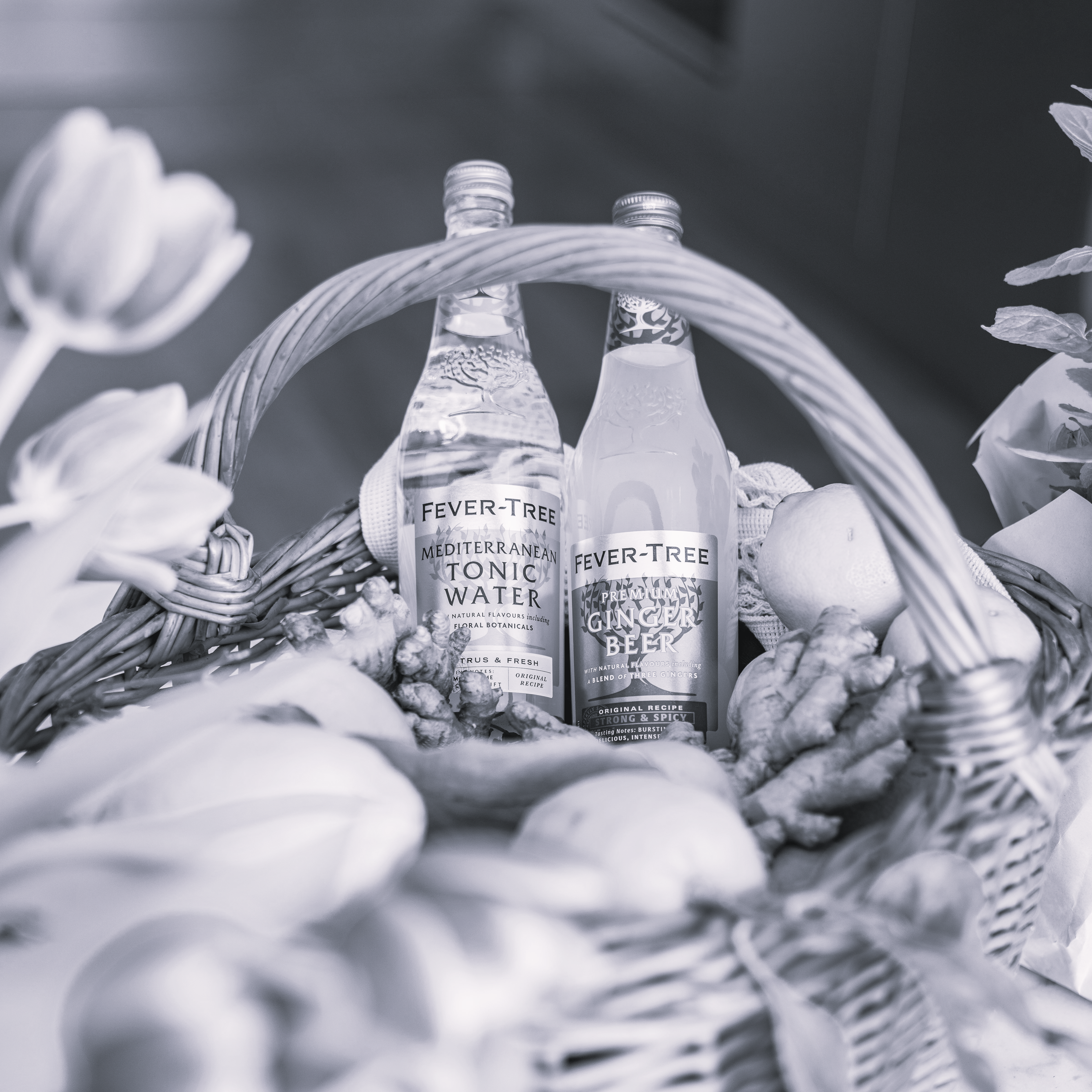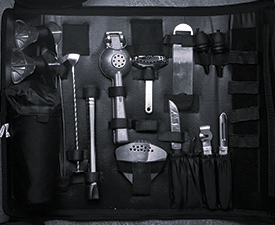The Bergerac wine region is a sub-region of Bordeaux, South West France, and is located around the town of Bergerac in the Dordogne district. Its boundaries correspond with those of the districts of Bergerac and it is located directly east of the Bordeaux wine region. 1,200 wine-growers work in an area of approx 12,000ha and the region contains 13 AOCs - for red, white (dry, medium-sweet and sweet), and rose wines.
The Bergerac area has produced wines for centuries, though began exporting seriously in 1254, when it began shipping its vintages to England due to special privileges granted by Henry III of England. By the 14th century, Bergerac had defined quality standards for its wine growing areas. Despite Bergerac's special privileges, during this period, Bordeaux was known to use its position, down river and near the mouth of the Garonne River, to give its own wines priority over barrels of Bergerac wines being transported on river barges. The wine-growers decided to change their strategy and concentrate on producing dry white and sweet dessert wines, which were sought by the English, Dutch and other markets. Bergerac wines, which had long been sold under the generic name, Bordeaux, had to build a new and separate identity.
The local soils vary greatly - with sands and clays mixed with gravel and calcareous source rock in one area and brown soil containing calcareous pebbles offering ideal drainage. These are the same soils to be found in the wine-growing areas of the east Gironde, such as Saint-Emilion, Cotes de Castillon and Cotes de Franc.
The red wines are a blend of Cabernet Sauvignon, Cabernet Franc and Merlot, and sometimes with Cot added - they are often dark in colour, with full-bodied flavours. The white wines are mainly a blend of Semillon with Sauvignon Blanc, Sauvignon Gris and Muscadelle, with Ugni Blanc and Chenin Blanc sometimes added. These combinations lead to the creation of fruity, dry white wines that can be full, and of medium-sweet or sweet wines that are aromatic and rich.

